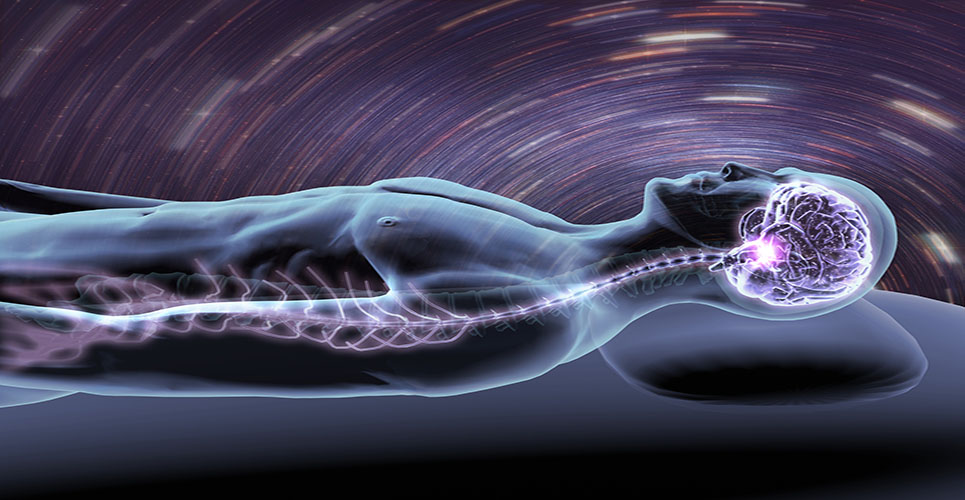teaser
St. Jude Medical, Inc. (NYSE:STJ), a global medical device company, has announced publication of results from the first large-scale study of peripheral nerve stimulation (PNS) of the occipital nerves in patients suffering from chronic migraine. The study results, published online by Cephalalgia the journal of the International Headache Society, show a significant reduction in pain, headache days and migraine-related disability.
Conducted at 15 medical centres in the US, the study followed 157 participants who, on average, suffered from headache approximately 21 days per month. At 12 weeks, patients receiving PNS therapy reported an average of six fewer headache days a month.
Additional key findings at 12 weeks were as follows:
- 43% improvement in overall disability scores, as measured using the Migraine Disability Assessment questionnaire (MIDAS)
- 53% of the patients ranked their relief as excellent or good
- Patients reported a 42% improvement in pain relief
“One of the primary reasons that patients seek therapy is to try to find a way to lessen the number of days they experience migraine,” said Stephen D. Silberstein, MD, past president of the American Headache Society, director of the Jefferson Headache Center, and the principal investigator in the study. “For the millions who suffer from chronic migraine, these study results are important, as they confirm that peripheral nerve stimulation (PNS) of the occipital nerve may help improve their quality of life and lessen the number of days per month they suffer with this debilitating condition.”
PNS therapy for this condition involves the delivery of mild electrical pulses to the occipital nerves that are located just beneath the skin at the back of the head. A small electrical lead or leads are placed under the skin and connected to a neuro-stimulator, which produces pulses of stimulation.
In this prospective, randomised, controlled study, participants were implanted with the St. Jude Medical Genesis™ neuro-stimulator and randomly assigned to an active or control group for 12 weeks. The active group received stimulation immediately upon implantation, while patients in the control group did not receive stimulation until after the first 12 weeks. Both the investigators and the patients were blinded to treatment.
Although statistical significance was demonstrated across most measures, it was not observed for the primary endpoint (defined as the difference in the percentage of patients in the active group versus control who achieved 50% or greater pain reduction at 12 weeks). However, patients in the active group were more likely than control patients to experience 30% or greater pain reduction, which is considered clinically meaningful.
“When this study was initially designed, the primary endpoint was based on a reduction in pain, which at the time was the standard measurement for neuro-stimulation studies,” said, Dr. Mark Carlson, chief medical officer and senior vice president of research and clinical affairs for the St. Jude Medical Implantable Electronic Systems Division. “However during the course of the study, many neurologists began to recognise reduction in the number of headache days as a more significant improvement in patient quality of life than the measurement of pain reduction alone.”
The most common adverse event was persistent pain and/or numbness at the implant site, followed by lead migration. The majority of adverse events were classified as mild or moderate in severity.
Preliminary data from this study was presented at the International Headache Congress (IHC) in 2011. The Genesis neuro-stimulation system used in this study is approved in Europe and Australia for the management of the pain and disability associated with intractable chronic migraine.

